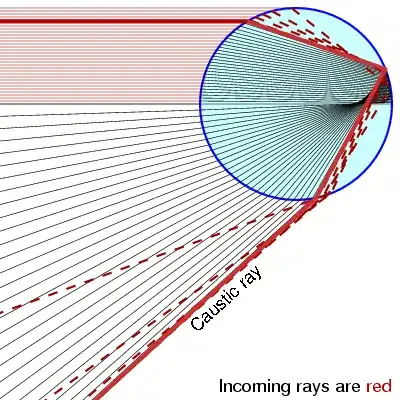I'm aware of a similar question being asked in Do rainbow shows spectral lines?:
The response to this question is that the body producing the light is not the water droplet that merely diffracts it but rather the Sun, which acts as a black body and thus produces a complete spectrum.
However, it is not entirely true that the sun is a black body: like all stars, it has an spectral class with absorption lines.
I am wondering why these lines are not observable in the rainbow or when decompossing sunlight with a prism in otherwise uncontrolled conditions. Are they simply too narrow to be seen without optical instruments? Is it a product of the light source not being coherent? How is this consistent with the possibility of obtaining spectra from distant stars in which the spectral lines are visible?
